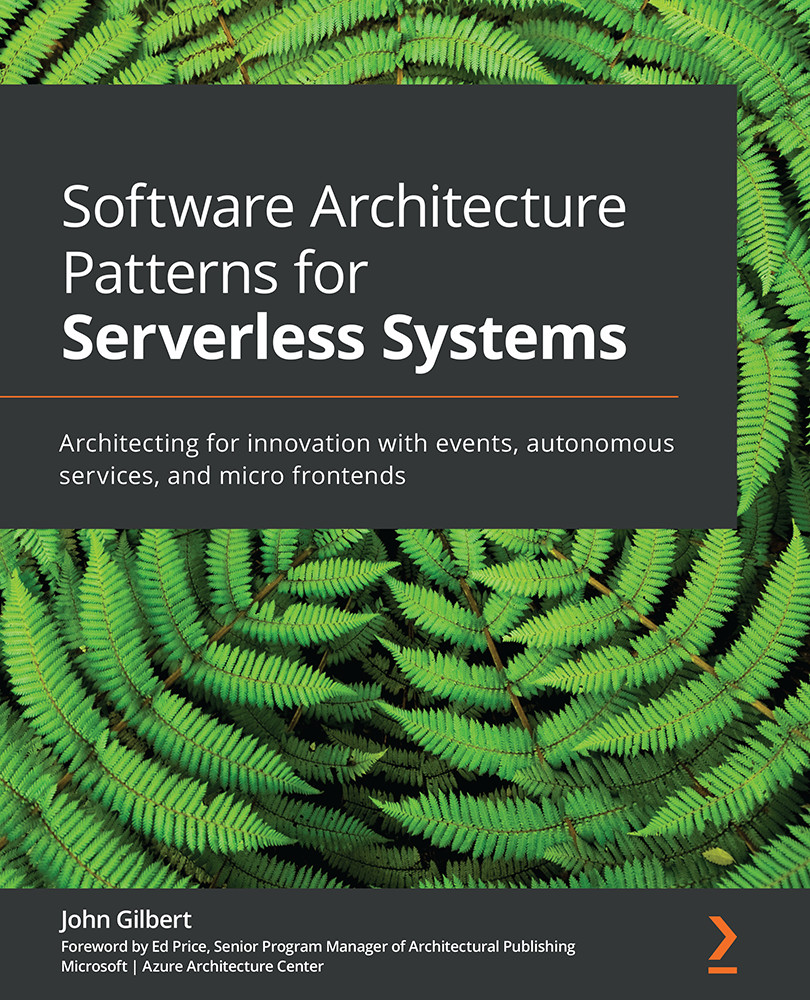-
Book Overview & Buying

-
Table Of Contents

Software Architecture Patterns for Serverless Systems
By :

 Sign In
Start Free Trial
Sign In
Start Free Trial

In Chapter 2, Defining Boundaries and Letting Go, we defined the architecture of a system by dividing it into a set of autonomous subsystems. These architectural boundaries create bulkheads that enable change by promoting autonomy. They give autonomous teams confidence to push the limits and continuously deliver business value because they know these fortified boundaries will help control the blast radius when things go wrong.
Now we turn our attention to the frontend user experience. Frontend architecture has been going through a revolution. Many of the new techniques are only at the beginning of the adoption curve. In this chapter, you will learn how to decompose the frontend into micro applications, to enable change and ensure autonomy. You will also learn how to secure the user experience and how to design for offline-first and regional failover.
In this chapter, we're going to cover the following main topics:


Change the font size
Change margin width
Change background colour